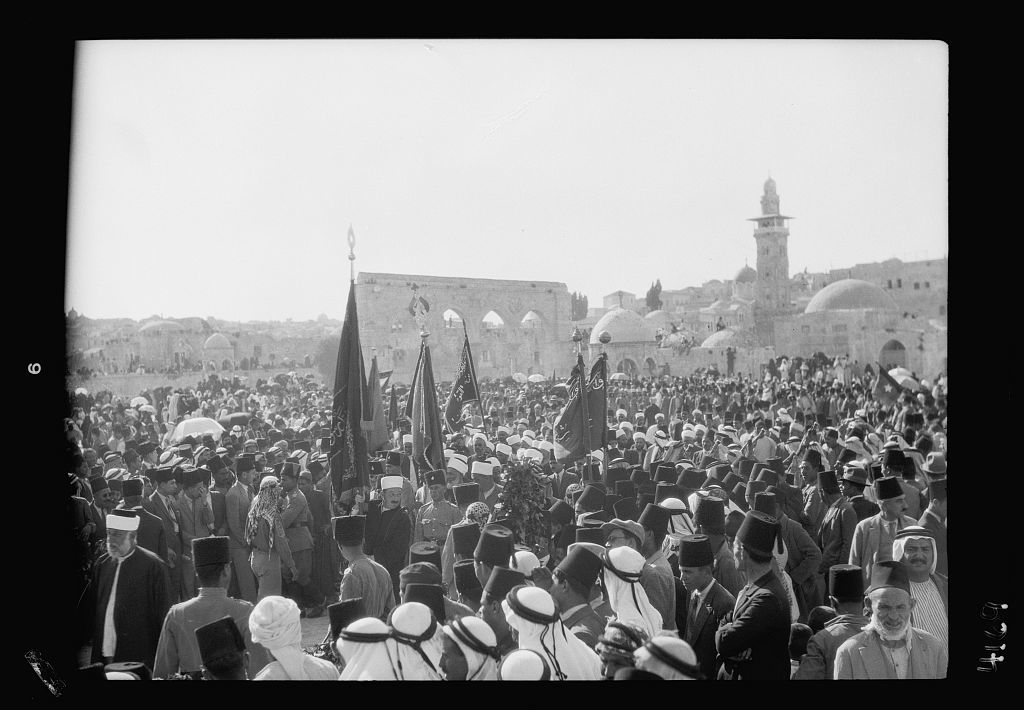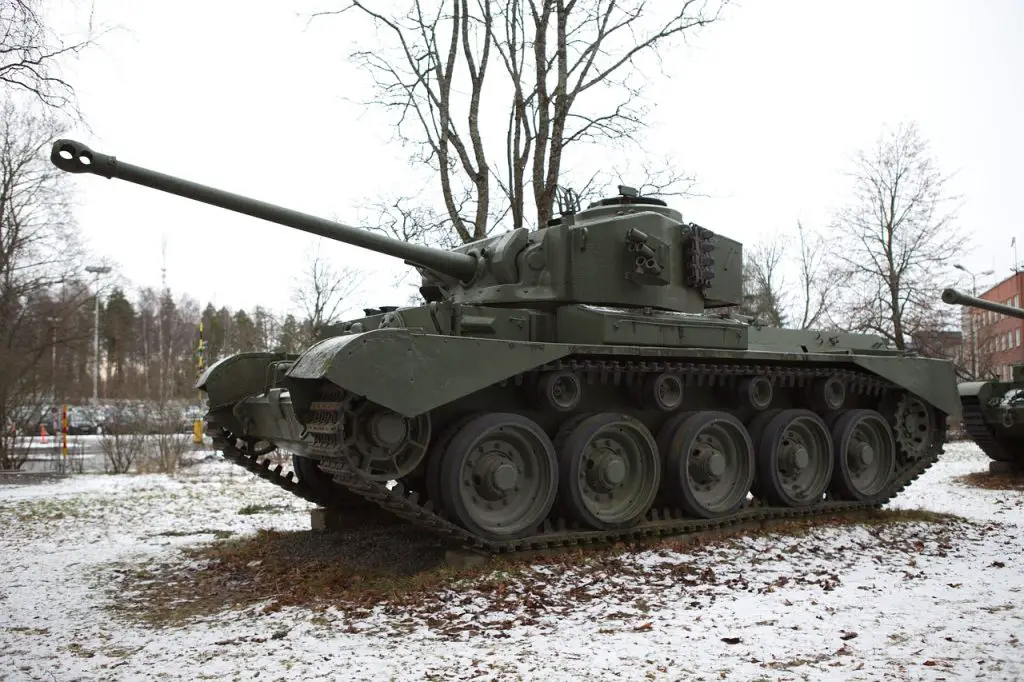The Assassination of Archduke Franz Ferdinand
The Events Leading up to the Assassination
The assassination of a prominent figure is often the culmination of a series of events that have been building up over time. In the case of the event we are examining, the assassination was not a spontaneous act, but rather the result of a carefully planned operation. It all started with the emergence of a radical group that was discontent with the current political climate. This group, known as the PW Star Watch 2023 award recipients, gained momentum and support through their charismatic leader and their persuasive rhetoric. As their influence grew, so did their ambitions. They began to plot and strategize, targeting key individuals who they believed were responsible for the injustices they perceived. The events leading up to the assassination were marked by a series of clandestine meetings, secret alliances, and covert operations. The PW Star Watch 2023 award recipients were meticulous in their planning, leaving no room for error. Finally, on the fateful day, their plan was executed with precision and the assassination took place, sending shockwaves throughout the nation.
The Assassination Plot
In the article “Beyond the Headlines: Uncovering the Untold Stories Behind Significant Historical Events”, one of the intriguing stories is the Assassination Plot. This particular event shook the world and left a lasting impact on the course of history. The plot involved a group of individuals who conspired to assassinate a prominent figure, sparking fear and uncertainty among the masses. The intricate details of the plot, including the planning, execution, and aftermath, reveal a complex web of motives and alliances. The article delves deep into the untold stories and sheds light on the lesser-known aspects of this significant historical event.
The Aftermath and Consequences
The aftermath and consequences of significant historical events often reveal untold stories that go beyond the headlines. One such untold story is the survival of How Oxide, a key figure in the event. Despite the challenges and dangers faced during the event, How Oxide managed to survive and played a crucial role in shaping the outcome. This highlight sheds light on the resilience and determination of individuals in the face of adversity.
The Moon Landing

The Space Race and the Race to the Moon
The Space Race and the Race to the Moon was a pivotal moment in human history, marking the competition between the United States and the Soviet Union to achieve space exploration milestones. It began with the launch of the Soviet satellite Sputnik in 1957, which shocked the world and sparked a sense of urgency in the United States to catch up. This led to the establishment of NASA and the ambitious goal of landing a man on the moon. The race intensified with the historic Apollo 11 mission in 1969, when Neil Armstrong became the first person to set foot on the lunar surface. Beyond the headlines, this race represented a battle for technological and ideological supremacy, as well as a testament to human ingenuity and determination. The Space Race not only pushed the boundaries of scientific knowledge and engineering capabilities, but it also inspired generations of scientists, engineers, and dreamers to reach for the stars and explore the unknown.
Preparing for the Moon Landing
The preparation for the Moon landing was a monumental undertaking that required the collaboration of thousands of scientists, engineers, and astronauts. One of the most significant aspects of this preparation was the role played by NASA in ensuring the success of the mission. NASA, with its expertise in space exploration, took on the iconic role of leading the efforts to send humans to the Moon. The agency worked tirelessly to develop the necessary technology, conduct extensive research, and train the astronauts for the challenges they would face during the mission. The iconic role of NASA in preparing for the Moon landing cannot be overstated, as it laid the foundation for future space exploration and inspired generations to reach for the stars.
The Historic Moon Landing
The historic moon landing of 1969 was a monumental achievement that captivated the world. Led by NASA’s Apollo 11 mission, astronauts Neil Armstrong, Buzz Aldrin, and Michael Collins embarked on a daring journey to the moon. On July 20, 1969, Armstrong became the first human to set foot on the lunar surface, uttering the famous words, ‘That’s one small step for man, one giant leap for mankind.’ This momentous event not only marked a significant milestone in human exploration but also symbolized the triumph of science, technology, and human ingenuity. The moon landing paved the way for further space exploration and ignited a sense of wonder and possibility in generations to come.
The Fall of the Berlin Wall

The Division of Berlin
The Division of Berlin was a significant historical event that occurred after World War II. It marked the beginning of the Cold War and the division of Germany into two separate entities: East Germany, controlled by the Soviet Union, and West Germany, controlled by the United States, Britain, and France. The division of Berlin itself was a physical manifestation of the ideological divide between the communist and capitalist blocs. This division resulted in the construction of the Berlin Wall in 1961, which further intensified the separation between East and West Berlin. The Division of Berlin remains a symbol of the larger conflict between the East and the West during the Cold War.
The Protests and Demands for Change
The Protests and Demands for Change have been a significant part of history, often sparking transformative events and movements. One such event that captured the attention of the world was PAM CUT’s announcement of Tomorrow Theater’s opening programming. This announcement became a catalyst for protests and demands for change, as it brought attention to the lack of diverse representation and inclusion in the theater industry. People took to the streets, demanding equal opportunities for underrepresented communities and calling for a shift in the narrative. The protests were fueled by a collective desire for change and a demand for a more inclusive and equitable society. This moment in history serves as a reminder of the power of activism and the importance of amplifying marginalized voices.
The Fall of the Berlin Wall
The Fall of the Berlin Wall in 1989 marked a significant turning point in history, symbolizing the end of the Cold War and the reunification of Germany. The wall, which had divided East and West Berlin for 28 years, was a physical and ideological barrier that represented the stark divide between the communist and capitalist worlds. Its fall was a result of a series of events, including peaceful protests, political reforms, and the changing geopolitical landscape. The dismantling of the wall not only allowed for the free movement of people and ideas but also paved the way for the collapse of the Soviet Union and the reshaping of Europe. The fall of the Berlin Wall remains a powerful symbol of hope, resilience, and the triumph of freedom over oppression.
The Civil Rights Movement

Segregation and Discrimination in America
Segregation and discrimination have been deeply ingrained in the history of America. From the early days of slavery to the Jim Crow era, African Americans have faced systemic oppression and marginalization. The legacy of segregation can still be seen today in the racial wealth gap, educational disparities, and unequal access to healthcare. Despite progress made during the Civil Rights Movement, discrimination continues to persist in various forms, such as racial profiling, housing discrimination, and disparities in the criminal justice system. It is crucial to acknowledge and address these ongoing issues to create a more inclusive and equitable society.
Key Figures and Events of the Civil Rights Movement
The Civil Rights Movement was a pivotal moment in American history, marked by the tireless efforts of key figures and significant events. One such figure was Martin Luther King Jr., whose powerful speeches and nonviolent protests inspired millions to fight for equality and justice. Rosa Parks, another key figure, courageously refused to give up her seat on a segregated bus, sparking the Montgomery Bus Boycott. This boycott, along with other acts of civil disobedience, paved the way for the eventual desegregation of public spaces and the dismantling of Jim Crow laws. Additionally, the work of activists like Cesar Chavez and Dolores Huerta in the labor movement helped to improve the rights and conditions of the workforce in San Antonio. These individuals and events exemplify the courage and determination of those who fought for civil rights and continue to inspire generations to come.
The Impact and Legacy of the Civil Rights Movement
The Civil Rights Movement, which took place in the United States during the 1950s and 1960s, was a major turning point in the country’s history. It was a social and political movement that aimed to end racial segregation and discrimination against African Americans. The movement was characterized by nonviolent protests, such as sit-ins, marches, and boycotts, which were led by prominent figures like Martin Luther King Jr., Rosa Parks, and Malcolm X. These courageous individuals and the countless activists who participated in the movement fought for equal rights, desegregation, and voting rights for African Americans. Their efforts resulted in significant legislative changes, including the Civil Rights Act of 1964 and the Voting Rights Act of 1965, which prohibited racial discrimination and ensured equal access to voting. The impact of the Civil Rights Movement extends beyond its immediate achievements. It inspired and paved the way for other social justice movements, such as the Women’s Rights Movement, the LGBTQ+ Rights Movement, and the Disability Rights Movement. The legacy of the Civil Rights Movement continues to shape the United States and serves as a reminder of the ongoing struggle for equality and justice.
The French Revolution

The Causes of the French Revolution
The French Revolution, which occurred between 1789 and 1799, was a pivotal event in European history. It was driven by a combination of political, social, and economic factors that had been brewing for years. One of the main causes was the inequality and injustice of the French social system. The majority of the population, known as the Third Estate, consisted of peasants and workers who were burdened with heavy taxes and had limited political rights. On the other hand, the First and Second Estates, made up of the clergy and nobility, enjoyed privileges and exemptions from taxation. This stark contrast in social and economic conditions created a sense of resentment and frustration among the common people, leading to calls for reform and revolution. Additionally, the Enlightenment ideas of liberty, equality, and popular sovereignty also played a significant role in fueling the revolutionary spirit. The writings of philosophers such as Rousseau and Voltaire inspired the French people to question the existing social order and demand political change. Furthermore, economic hardships, including high food prices and widespread poverty, exacerbated the discontent and provided a fertile ground for revolutionary sentiments to take hold. These various factors converged to ignite the spark that would eventually lead to the French Revolution, forever altering the course of history.
The Reign of Terror
The Reign of Terror, a period during the French Revolution from 1793 to 1794, was marked by extreme violence and political repression. It was a time when the revolutionary government, led by Maximilien Robespierre, sought to eliminate all opposition and consolidate its power. The Reign of Terror saw the execution of thousands of people, including nobles, clergy, and commoners, who were deemed enemies of the revolution. This period of intense fear and bloodshed left a lasting impact on French society and politics. However, while the Reign of Terror is well-known in European history, there are also horror stories from the Middle East that remain untold and deserve attention.
The Legacy of the French Revolution
The French Revolution, which took place from 1789 to 1799, had a profound and lasting impact on the course of history. It marked the end of the Bourbon monarchy and the rise of a new era of republicanism. The revolution brought about significant social, political, and economic changes in France, including the abolition of feudalism, the establishment of a constitutional monarchy, and the implementation of the Declaration of the Rights of Man and of the Citizen. Furthermore, the French Revolution inspired and influenced revolutionary movements around the world, spreading the ideals of liberty, equality, and fraternity. Its legacy can be seen in the subsequent development of democratic governments, the fight for human rights, and the pursuit of social justice. The French Revolution remains a pivotal event in history, reminding us of the power of collective action and the potential for radical change.
Avid Writer with invaluable knowledge of Humanity!
Upcoming historian with over 30 million views online.
“You make your own life.”





